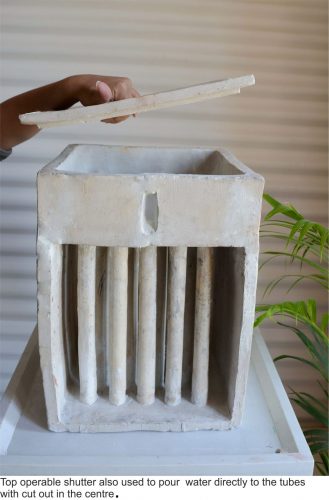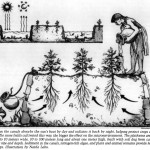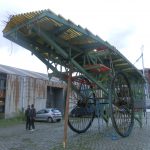- The art of threading; a conversation with Wrath of Gnon. “Mankind has simply lost the ability to build a decent plaza.”
- How to do nothing. “In a public space, ideally, you are a citizen with agency; in a faux public space, you are either a consumer or a threat to the design of the place.”
- Talkin’ ’bout my (5th) Generation. “The imperative to ensure everyone has the right to communicate and access information, which is laudable, is being supplanted by this new drive to connect the already connected even further through a whole host of new and upgraded technologies.”
- It’s not enough to break up Big Tech. We need to imagine a better alternative“. 99% of technological disruption is there to merely ensure that nothing of substance gets disrupted at all.”
Links via Ran Pieur, Aaron Vansintjan, Roel Roscam Abbing, and Hackernews.








